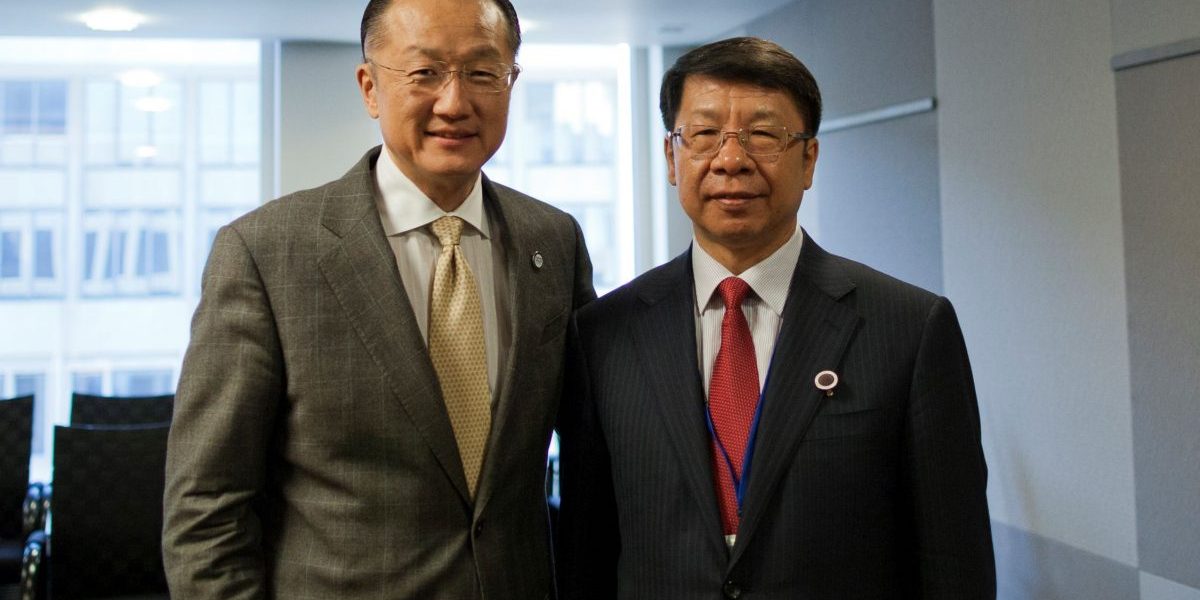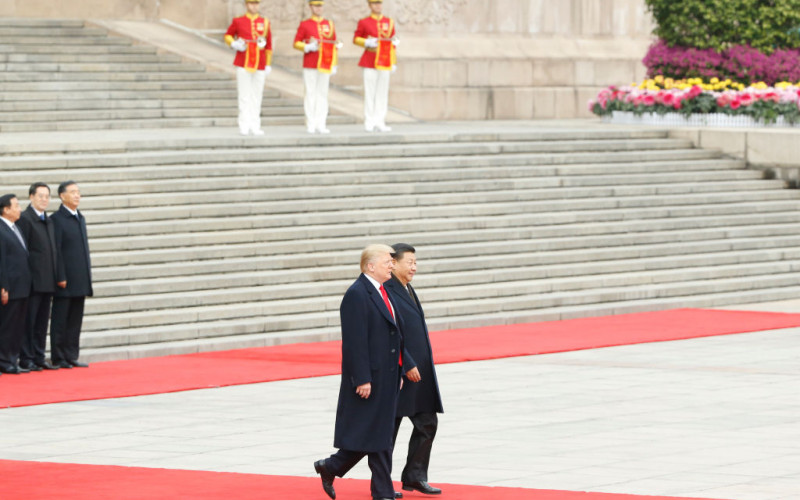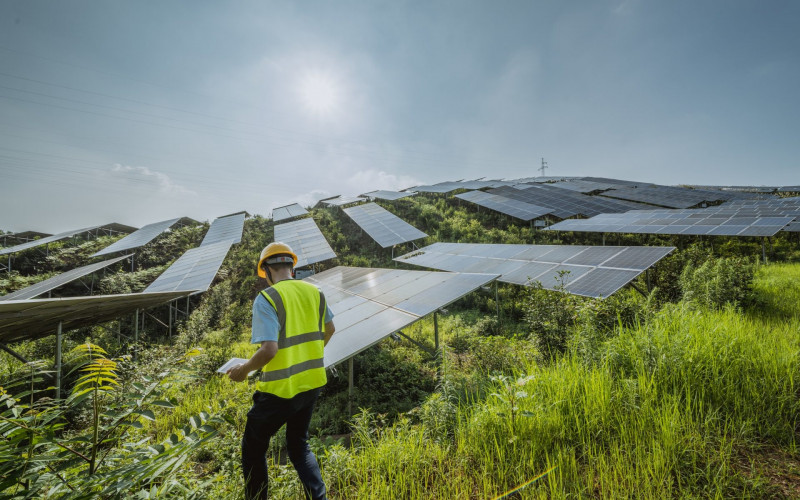As such, this paper employs standard multiple regression analysis to assess how different attributes of Chinese and traditional official finance predict variations in rates of repression and demonstrations in Africa. Although Chinese and traditional official flows have more similarities than differences in their effects on repression, there is a distinct positive and statistically significant relationship between aggregate traditional official finance and public demonstrations. Looking at regional distributions of foreign financed projects and public demonstrations in Cameroon (receiving predominantly Chinese official finance) and Uganda (receiving mainly traditional aid), I find evidence to support a negative correlation between Chinese official finance and public demonstrations on the one hand and a positive correlation between traditional official finance and public demonstrations on the other. However, when specifically analyzing demonstrations against foreign funded development projects this paper reveals, through interviews on selected Chinese and World Bank-funded projects in Cameroon, that owing to less stringent project impact assessments, impact management standards, and the absence of complaint management offices, Chinese-funded projects are more prone to anti-project demonstrations.








